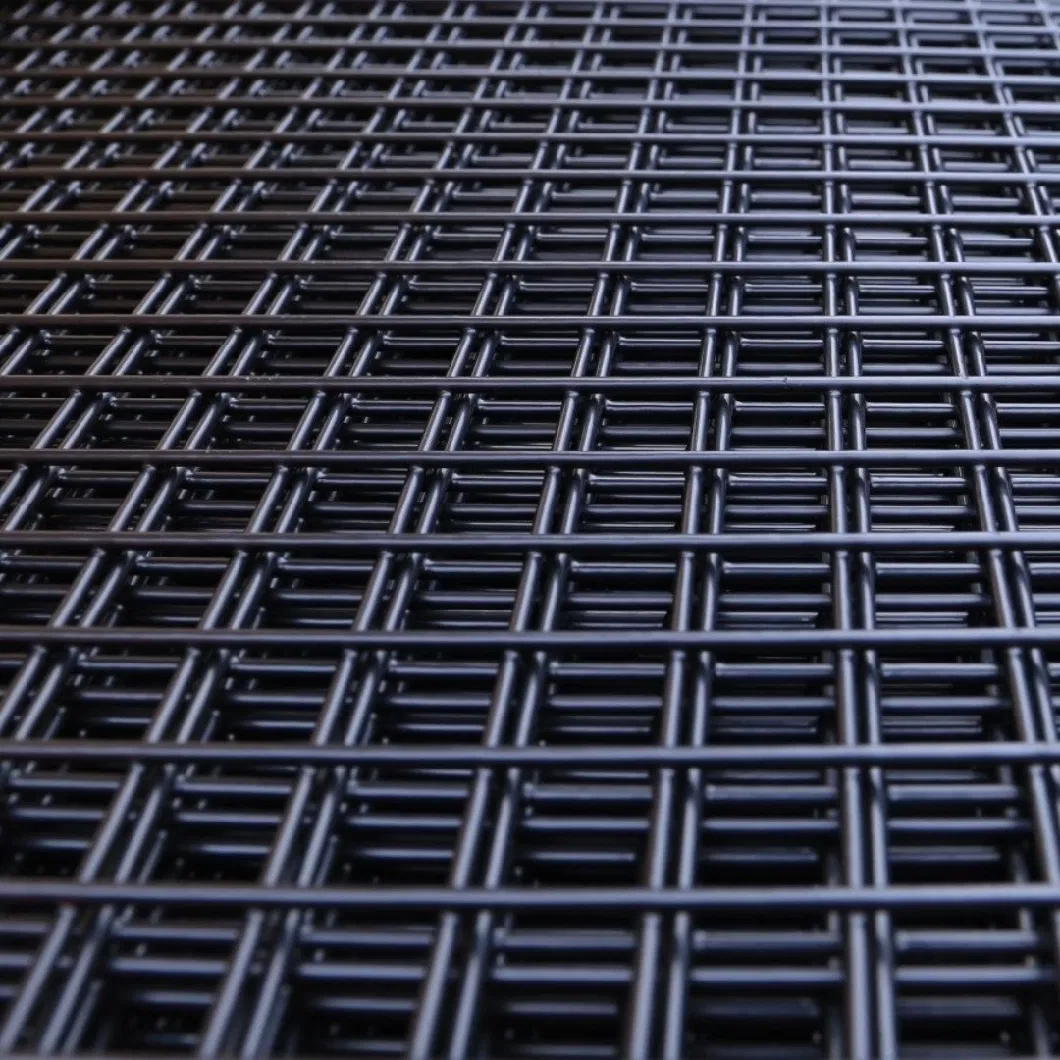Exploring the Advantages and Uses of Metal Walkway Grating
Metal walkway grating is increasingly becoming a popular choice in various industrial and commercial applications. Its unique design and structural benefits make it an ideal solution for enhancing safety, improving efficiency, and ensuring durability in many environments. This article delves into the advantages, components, and typical uses of metal walkway grating.
What is Metal Walkway Grating?
Metal walkway grating is a structured lattice of metal, designed to provide a stable walking surface. It typically consists of a series of parallel bars that are welded or molded together, creating openings that allow for drainage and visibility underneath. Common materials used in manufacturing metal grating include steel, stainless steel, and aluminum, each offering specific benefits suited to different applications.
Key Advantages
1. Durability One of the primary advantages of metal walkway grating is its durability. Metal, especially stainless steel and aluminum, resists corrosion, impacts, and heavy loads. This makes it a suitable option for high-traffic areas or environments that are subject to harsh conditions, including chemical spills or extreme weather.
2. Safety Safety is a significant concern in industrial settings, and metal walkway grating enhances safety in multiple ways. The open design reduces the risk of water accumulation, minimizing slip hazards. Additionally, the grating can be designed with anti-slip surfaces to further prevent accidents.
3. Lightweight yet Strong Despite its robust nature, metal grating is lightweight, making it easy to install and handle. This characteristic minimizes installation time and labor costs, which can be a significant advantage in large projects.
4. Versatile Applications Metal walkway grating is versatile and can be used in a variety of applications. From industrial platforms and pedestrian walkways to drainage covers and catwalks, its adaptability makes it a favored choice across different sectors.
5. Cost-Effective Solution While the initial investment for metal grating may be higher than alternative materials, its long lifespan, low maintenance needs, and resilience can lead to significant cost savings in the long term. Businesses can benefit from reduced repair and replacement expenses over time.
metal walkway grating

Typical Uses
Metal walkway grating finds application in numerous industries, including
- Manufacturing Often used in factories for walkways, catwalks, and platforms, providing access to machinery while promoting worker safety.
- Construction Metal grating is utilized for temporary walkways and scaffolding, allowing safe movement on construction sites.
- Wastewater Treatment Grating is commonly seen in wastewater treatment plants, where it supports personnel while allowing liquid to pass through, facilitating drainage.
- Civil Engineering It is also employed in civil infrastructure projects such as bridges and tunnels, offering safe passage for pedestrians and service personnel.
- Marine Applications In maritime settings, metal walkway grating can be used in docks, piers, and ships due to its resistance to corrosion from saltwater exposure.
Conclusion
In conclusion, metal walkway grating presents a reliable, durable, and safe solution for a wide range of applications. Its benefits of strength, safety, and cost-effectiveness make it an excellent option for industries requiring robust walkway solutions. As businesses continue to seek safer and more efficient operational environments, the demand for metal walkway grating is likely to grow, solidifying its presence as a staple in industrial and commercial infrastructure. Whether in manufacturing plants, construction sites, or wastewater facilities, the advantages of metal walkway grating are clear, making it an indispensable material for safe and effective pedestrian movement.
-
Why Galvanized Trench Cover Steel Grating Resists Corrosion
NewsJul.10,2025
-
The Versatility and Strength of Stainless Expanded Metal Mesh
NewsJul.10,2025
-
Load Calculations in Steel Grating Platforms
NewsJul.10,2025
-
Keeping Pets and Kids Safe with Chicken Wire Deck Railing
NewsJul.10,2025
-
Hole Diameter and Pitch for Round Perforated Metal Sheets
NewsJul.10,2025
-
Aluminium Diamond Mesh in Modern Architecture
NewsJul.10,2025
Subscribe now!
Stay up to date with the latest on Fry Steeland industry news.

